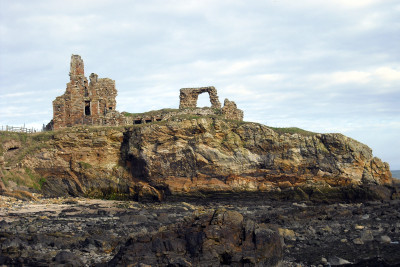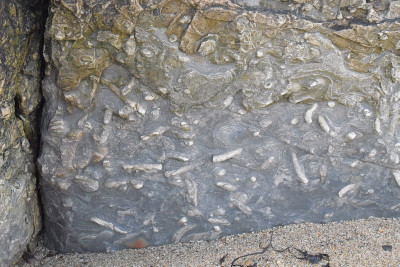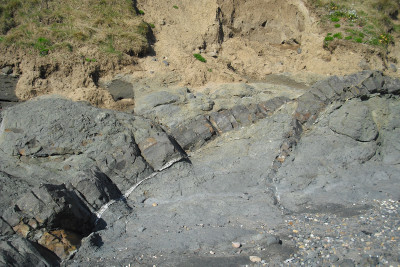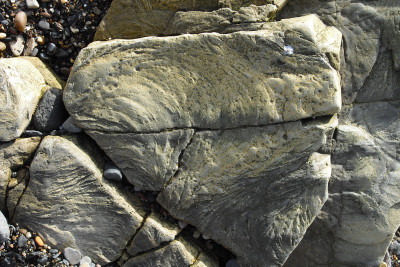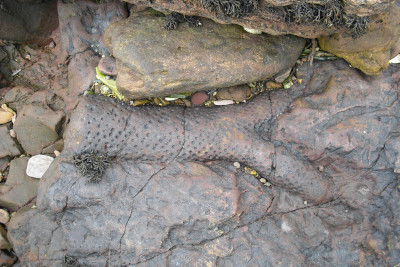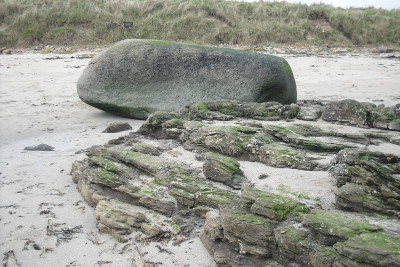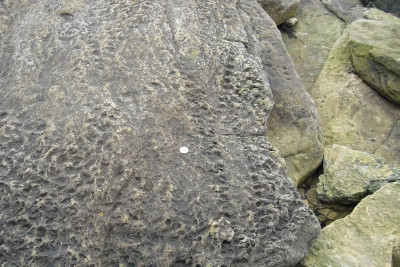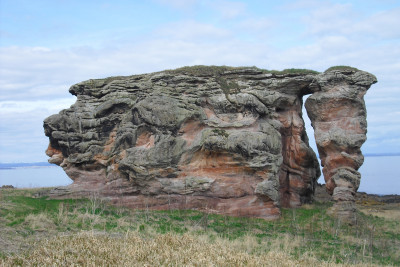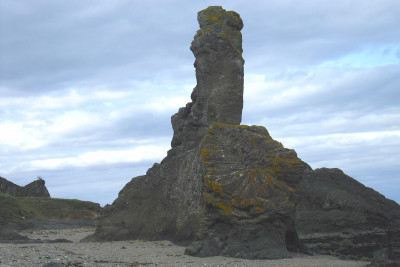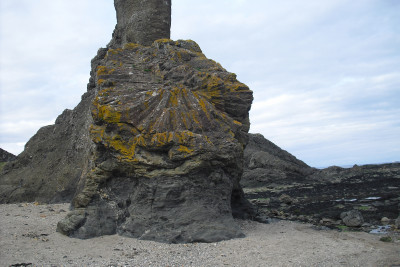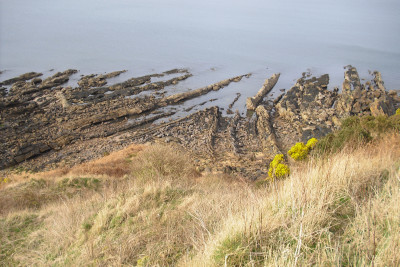| Saturday 26th - Tuesday 29th March 2011 | |||||||||||||||||||||||||||||||||||||||
| FIFE COAST | |||||||||||||||||||||||||||||||||||||||
| Tour: Geowalks | |||||||||||||||||||||||||||||||||||||||
| Participants: 8 to 10 | |||||||||||||||||||||||||||||||||||||||
| Weather: Very favourable for the time of year - dry and calm. | |||||||||||||||||||||||||||||||||||||||
We walked the eastern end of the Fife Coastal Path in the East Neuk of Fife over four days. The geology is dominated by sandstones, shales and limestones with occasional very thin coals, of Carboniferous age, with older rocks - of Old Red Sandstone age - represented in only one small locality. Day 1: Earlsferry to St. Monans - a section dominated by volcanic vents filled with agglomerate or tuff, all lying on or close to the Ardross Fault. One such vent is famed for its content of tiny garnet crystals - the Elie Rubies. Day 2: St. Monans to Anstruther - with exposures of the distinctive Ardross Limestone. Day 3: Crail to Kingsbarns - with a fossil tree stump at Crail and a tiny exposure of Old Red Sandstone. Day 4: Kingsbarns to St. Andrews - with some excellent examples of folded rocks and the famous Rock and Spindle.
|
|||||||||||||||||||||||||||||||||||||||
|
|||||||||||||||||||||||||||||||||||||||
